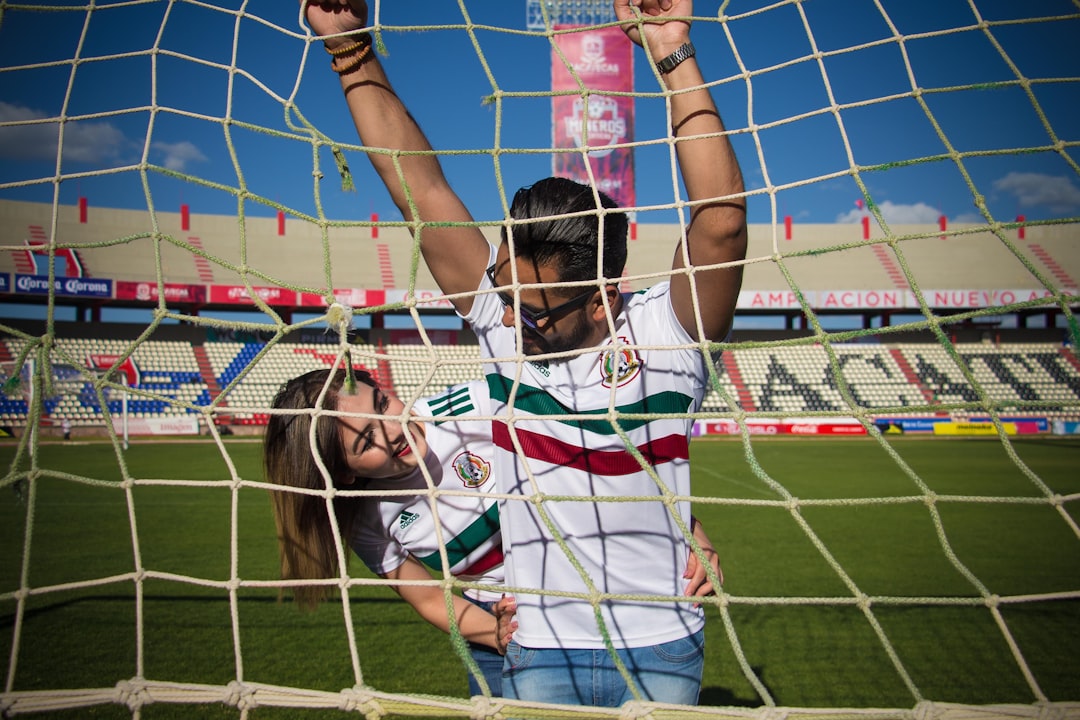
The World Cup is back, and as soccer fans across the globe feverishly anticipate the world’s most prestigious football tournament, there’s one crucial event that sets the stage for all the thrilling action to come: the World Cup draw. For the 2026 edition, hosted by the triumvirate of the United States, Mexico, and Canada, the draw process promises more excitement—both for teams and fans alike. Let’s dive into how the World Cup 2026 draw works, shall we?
An Expanded Tournament
Before we get into the nitty-gritty of the draw, it’s essential to acknowledge the tournament’s expanded format. For the first time in history, the World Cup will feature 48 teams, up from the usual 32. This increase allows more nations to showcase their talent on football’s grandest stage, effectively doubling the celebrations for more fans across the world.
This change boosts teams that had often found themselves just on the edge of qualification in previous years. With more slots available, nations like Egypt, Norway, and even perennial qualifiers like Italy have increased chances of making it to the final stages, rekindling hope and excitement in their fanbases.
The Structure of the Draw
The draw will determine which teams will face one another in the group stage, but how exactly is it organized with so many teams? Let’s break it down:
- Pots: Teams will be divided into four pots based on FIFA rankings and other considerations like geographical dispersal, ensuring a balance of competitive levels across groups.
- Groups: These pots will subsequently be used to draw teams into 12 groups of four teams each, a format making its debut at the 2026 World Cup.
- Seeding: The host countries – the USA, Mexico, and Canada – will be automatic top seeds in their respective groups, while other teams will be seeded based on FIFA rankings.
It’s a strategic ballet designed to ensure the fairest possible matchups while still offering room for those surprise ‘groups of death’ that keep fans on their toes.
What Does This Mean for Teams?
For teams like the USA, the expanded slots and home advantage mean potential boosts to performance expectations. Playing on home turf could be a significant benefit for Team USA, as the roaring support of local fans can truly make a difference in crucial moments.
A larger number of teams might lead to unexpected alliances and rivalries on the field. Could we see Africa’s rising stars up against traditional European powerhouses in unprecedented early-stage matches? Such unpredictability adds layers of intrigue to every draw.
How to Follow the Draw
Whether you’re a seasoned soccer fan or a newcomer to the beautiful game, following the draw is easy and exciting. It’s usually broadcast live worldwide with additional analyses from football experts.
To catch the draw live, check listings for major sports networks in your country or follow FIFA’s dedicated social media channels for up-to-date streaming options. Of course, CupVibes.com will provide comprehensive coverage and breakdowns immediately following the event.
Join the Conversation
The World Cup draw is not just the kick-off to the tournament; it’s the moment fans start dreaming of potential outcomes, upsets, and glory for their favorite teams. With the expanded 48-team format, the 2026 World Cup will surely serve up unprecedented drama and spectacle.
So, football devotees, what do you make of this expanded format and its twist on the classic draw? Will the increased opportunities lead to more heated contests? Share your thoughts and predictions with us. For more exciting updates on the World Cup saga, make sure to visit CupVibes.com and stay ahead of all the action!


